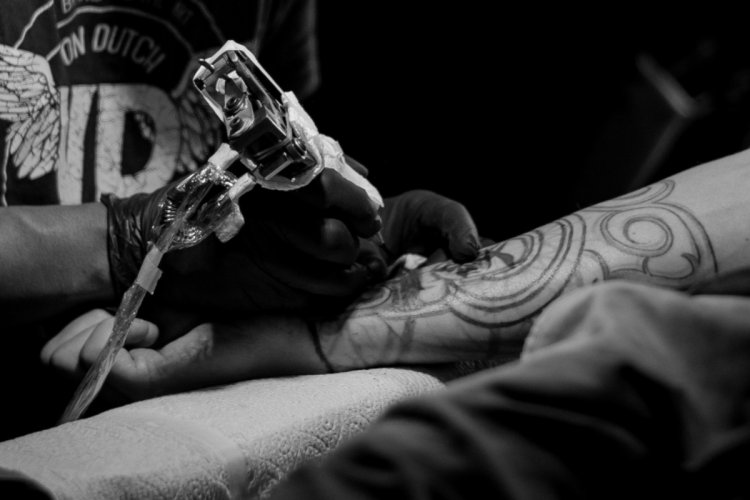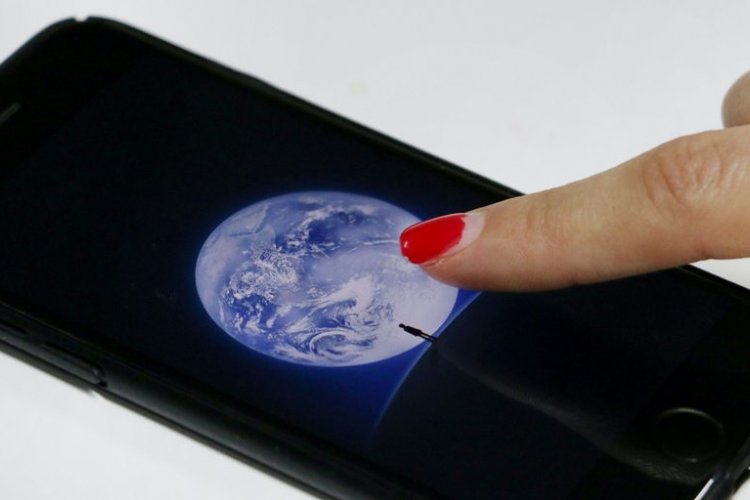The Rise of China’s Cashless Society: Mobile Payment Trends in 2017
This post comes courtesy of our content partners at TechNode.
After Alibaba declared the first week of August “Cashless Week” and WeChat answered by naming August 8 “Cashless Day” and this entire month “Cashless Month,” new research was published to illustrate how mobile payments are becoming a part of Chinese people’s everyday life.
The Tencent Research Institute, along with Ipsos research group and the Chongyang Institute for Financial Studies at Renmin University of China (RDCY), have analyzed the penetration and trends of cashless payments in China. The research, titled “2017 Mobile Payment Usage in China” and published by China Tech Insights, is based on WeChat Pay data and an online survey of 6,595 respondents. Here are some of their key insights.
1. Mobile payments have skyrocketed in 2016

Cash is so 2015, according to the Tencent Research Institute. Last year, Chinese consumers spent USD 5.5 trillion through mobile payment platforms, about 50 times more than their American counterparts.
More than half (52%) of WeChat users said they conduct less than 20 percent of their monthly transactions with cash. The post-80s generation is the leader in cashless transactions: 53 percent of them said they spend less than one-fifth of their money in cash each month. Even the older generations are joining the trend: 45 percent of members born in the 60s said that they use cash less than 20 percent of the time.
2. Young people (especially women) are leading the cashless trend

Looking at the graph, it is easy to imagine that cash will become a relic of the past for today’s teenagers. The study cited WeChat users saying that they only pay with cash when no other payment methods are available (73 percent) or during small transactions (46 percent).
3. Chinese have almost no money in their wallet – and they don’t care

Empty pockets are apparently in vogue: 40 percent of Chinese regularly have less than RMB 100 cash in their wallet. For the majority, a single note of RMB 100 can last up to a month.
They are also not worried about going into the world without cash – 86 percent said that they felt calm without cash because they can use mobile payments. Only 12 percent of interviewees said they would be concerned if their wallet was empty, while 4 percent said that was unacceptable for them.
4. Geographical differences are small, but the rural-urban divide is still an obstacle

When it comes to geography, mobile payments have won almost all of China. Eastern and Northern China have the highest adoption rate, while the lowest is in Northeast and Northwest China.
Likewise, when it comes to adopting a cashless lifestyle, people in the Eastern and Northern regions are the most accepting with 87 and 85 percent of interviewees respectively stating they would feel fine with no cash. Northwest and Northeast China are least enthusiastic about going cashless – 79 and 74 percent of users respectively claim that empty wallets wouldn’t bother them.
However, data also shows that rural and county-level areas which host 30 percent of all users are lagging behind in going cashless. The penetration rate of mobile payments in rural areas is 17 percent, while in county-level towns, that number is 19.6 percent. The reason behind this is a higher number of seniors who have different spending habits.
5. Mobile payments have conquered the service industries

Dining, retail, entertainment, and travel – these are areas that excel in mobile payment. The food industry had the highest penetration rates, but other areas are quickly joining the trend. Here are the rest of the statistics:
- In retail, convenience stores are the highest-frequency sector for mobile payments with 68 percent accepting mobile payment methods, followed by supermarkets (63 percent), and malls (62 percent).
- For entertainment, mobile payments are most popular when purchasing movie tickets (70 percent), while Karaoke bars come in second place (60 percent), and beauty salons come third (52 percent).
- When it comes to travel, mobile payments have become routine paying method for taxis (62 percent), hotels (57 percent), and tourist attractions (56 percent).
6. Social credit systems are here to stay

This week, Tencent started testing its credit rating system which put them in direct competition with Alibaba’s Sesame Credit, the dominant mobile credit score.
According to the research, mobile payments can help lower the entry barrier to financial services by enabling individuals who lack collateral or credit records to accumulate credit worthiness via mobile payment data from everyday life.
Images: hzpgc.com, 2017 Mobile Payment Usage in China Report








